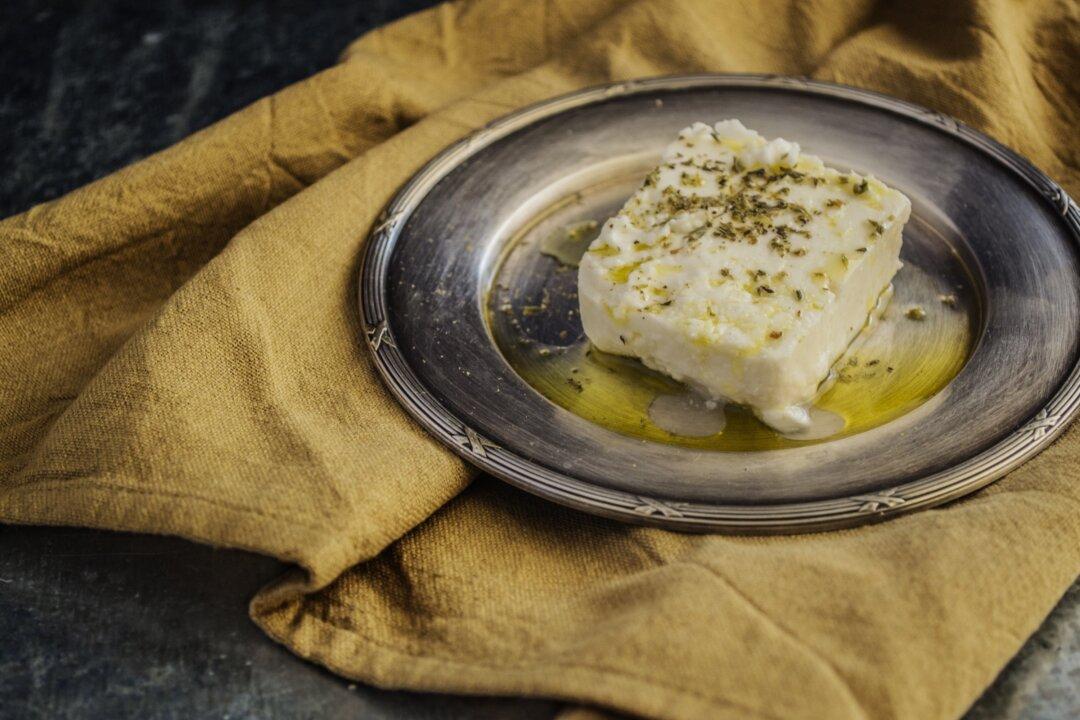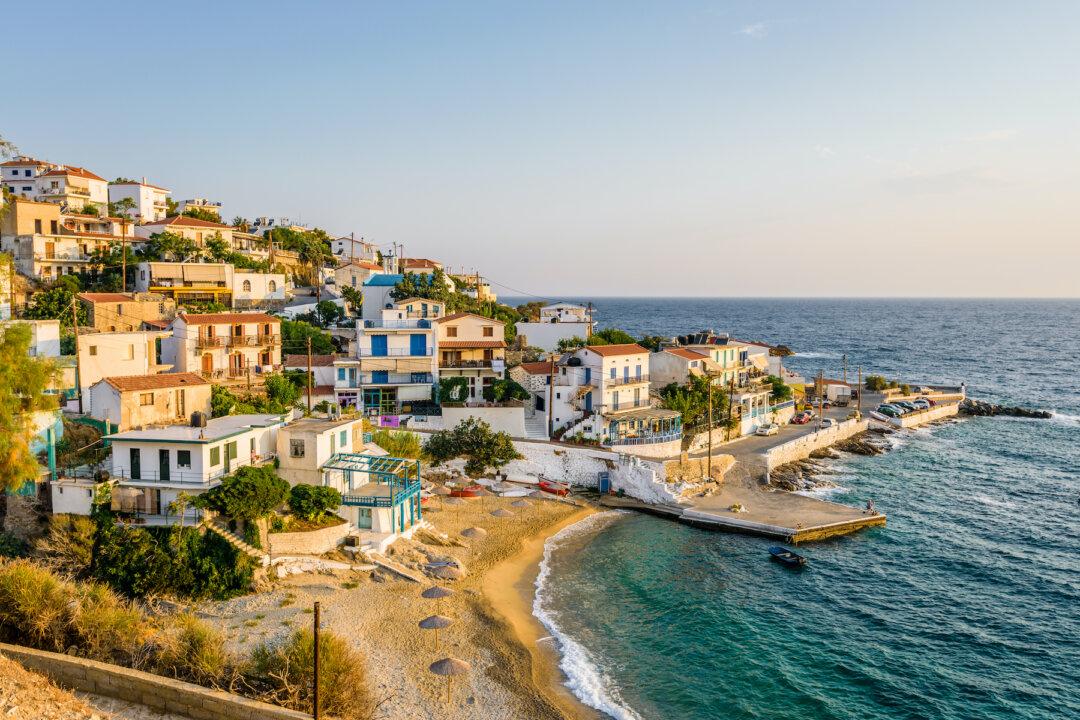Even before I leave for Greece, I am dreaming of the first meal I will have there. I know exactly what it will be: A Greek salad. It’s something I make at home in London regularly, and something I often order in restaurants, yet however proficient those efforts are, the lettuce is never as green, the tomatoes never as fragrant, the olives never as voluptuous, and the feta never, ever as flavorful as they are in Greece.
The feta is the star ingredient, the one thing that must be perfect in every respect, from appearance and texture to mouthfeel and tanginess. It must lie in one, pure-white feta (meaning “slice”) on top of the salad, so that I can savor the sight and smell of it before I pour on the golden olive oil, sprinkle with oregano, and break into large chunks. It’s a ritual, a way of increasing the anticipation before I take that first bite.





